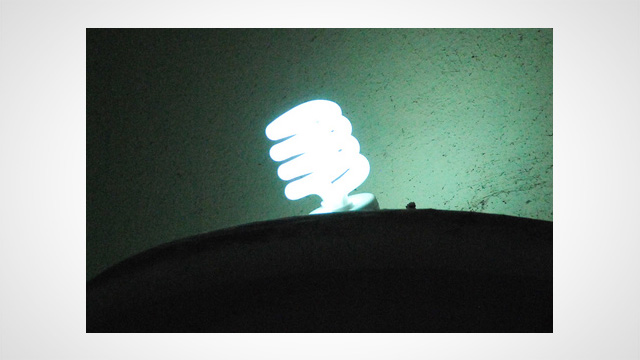Light bulbs have been around since the days of Thomas Edison, but they're not the same old bulbs anymore. Technology is improving rapidly, and with that progress comes new levels of efficiency and sustainability.
In his new book 'Plan B 4.0: Mobilizing to Save Civilization,' author Lester Brown explains that one of the easiest and quickest ways that we can reduce electricity use and carbon emissions is to make the switch from incandescent light bulbs to compact fluorescent lamps (CFLs), and eventually to light emitting diodes (LEDs). The energy savings are immense — the switch from an incandescent bulb to a CFL will reduce electricity use by 75%, while switching from incandescent bulbs to LEDs goes even further, decreasing energy use by 85%.
CFLs are currently more affordable than LEDs, but they don't last nearly as long. As LED technology continues to improve, prices will drop and it should become the industry standard for lighting systems across the world. Nations are taking note, and many governments, including EU, Canada, and Australia, are phasing out the use of incandescent bulbs entirely.
In 'Plan B 4.0,' Brown explains that if homes, office buildings, commercial outlets, and factories made the switch to CFLs, and traffic lights used LEDs, global electricity usage would decline by 12%, permitting the closure of 705 of the worlds 2,670 coal burning power plants.
There you go. To significantly impact climate change, governments and individuals need to make the simple switch to more efficient lighting systems. And, as is so often the case, helping save the environment brings the added benefit of saving money. So don't wait. Make the change today.
– Mitchell Flexo
(Via Earth Policy Institute)
Photo: Paul Keller/Flickr
